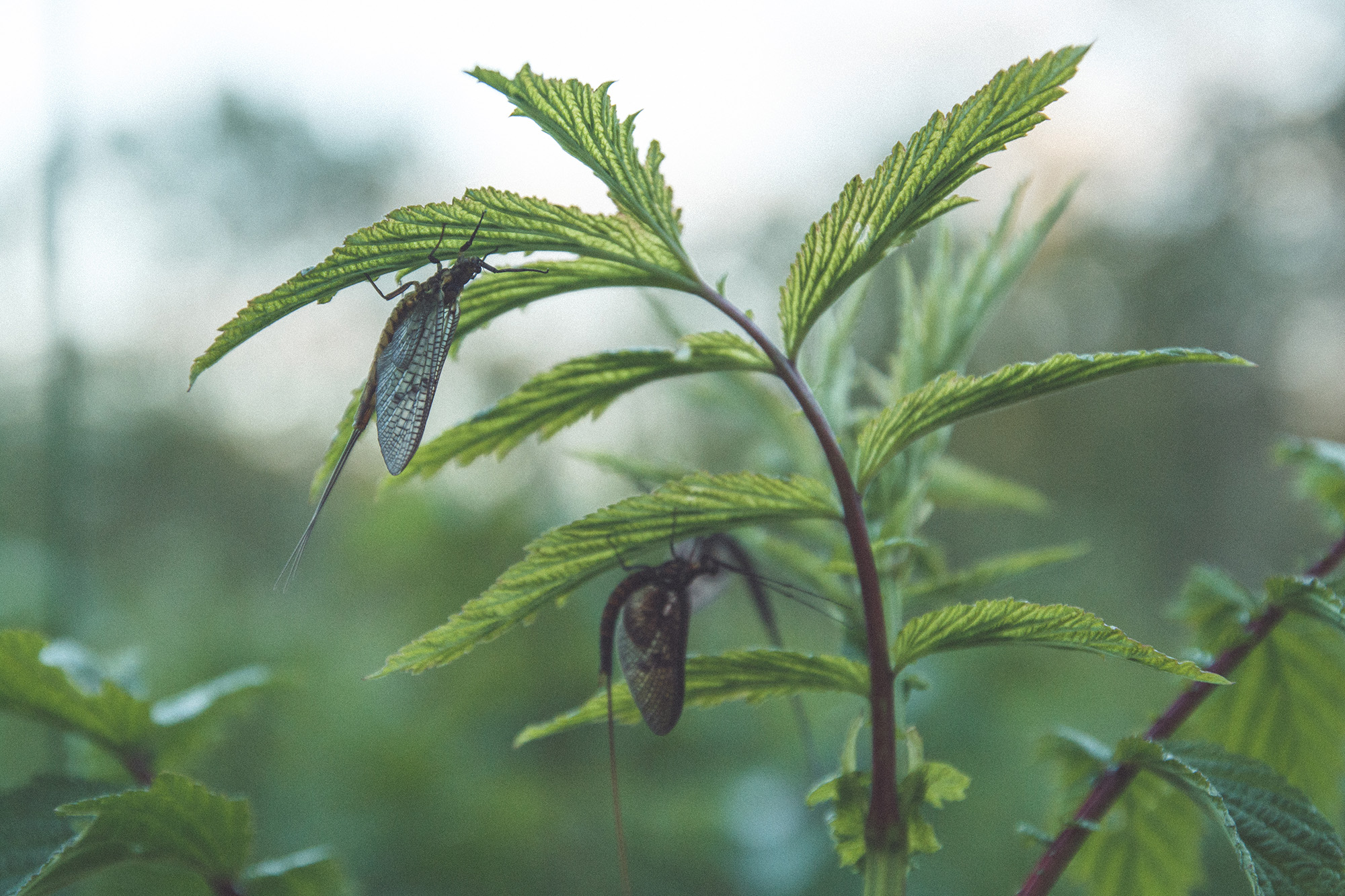
Fly fishing in Estonia
One of the Last Places in Europe to Catch Wild Brown Trout
Estonia is covered with beautiful, clean, undisturbed rivers with wild brown trout and grayling. What makes fishing in Estonia so unique is the fact that it takes only an hour drive from the centre of the capital, Tallinn, to fishing waters where you will find wild brown trout, bear trails, and rarely see any other fishermen. You can find brown trout in more than one hundred rivers, and in most of them, the trout are wild. Due that fishing in Estonia is memorable and unique experience.
By European standards, our rivers are small to mid-size. Although our land is relatively flat, we have beautiful, fast-running rapids that flow through virgin coniferous forests, which are often called an extension of the Siberian taiga in Estonia. The fast-running stretches hold a good amount of fish, but the biggest trout tend to be in the slower and deeper stretches of our rivers. Therefore, our typical fishing water is slow- to medium-running chalk streams surrounded by meadows, old forests, and marshes.
Brown trout and grayling
Brown trout is the main reason why fly fishers come here. Our rivers hold wild brown trout, which is very rare in most European countries. Our trout is very healthy and fat with a beautiful pattern and colour. They are strong fighters and selective.
The average size of a brown trout is 35-40 cm. A good-size trout in Estonia is around 50 cm. Although catching this size of fish is challenging, it is rather common. A trophy-size brown trout in Estonia is 55–65 cm. Trout that big aren’t rare, but catching them requires good skills, perfect timing, and luck.
Another fly fisher favourite target species is the grayling, which live in many trout rivers. The grayling population in Estonia is healthy, and the average grayling size in some rivers is even bigger than that average brown trout. They often range in size from 35 cm to 40 cm, but 45 cm graylings are also rather common. You can even find graylings up to 50 cm.


Type of fishing
We have two types of trout waters in Estonia: fast-running rapids where wading is needed to reach the fish and slow-running, deeper spots where we fish from a bank. Our fast-running rapids are quite shallow, and the water speed is gentle, so you don’t ever need to worry about your safety. During the summer months, our preferred fishing method is dry fly fishing. In most of the rivers, it’s possible to catch a good-size trout or grayling with a right dry fly throughout the summer. Early in the season and in September, the trout are more into streamers. Nymphs are also widely used and usually work best during slow surface activity days.
Although our rivers’ water is mostly crystal clear during the summer months, it’s rare to practice sight fishing in our rivers due to the dark-coloured bottom. We mostly spot a fish’s location by a splash on the surface or we guess suitable spot based on previous experiences. We do, however, have two spring creeks with chalk bottoms where true sight fishing is possible.
When to Come
The best season for fishing in Estonia begins in May. Then the waters flow at the normal level, nature is in bloom, the weather is warm, and both brown trout and grayling feed actively. The peak time for brown trout fishing in Estonia is the mayfly hatch. This is the most eagerly awaited period in the season. Different species of mayflies hatch throughout the season, but during the mayfly hatch, the biggest species of the genus Ephemera hatch. During this time, even biggest trout in our rivers feed on the surface.
July and August are our warmest months and offer the most stable weather. These months are the most convenient for fly fishers and offer exceptional fishing. Small- to mid-size trout are very active in the rapids and feed on smaller mayflies that hatch all summer long. Big fish in the deeper stretches are always ready to bite a tasty terrestrial fly, but their most active feeding period starts in the late evening when large caddis flies are hatching.
